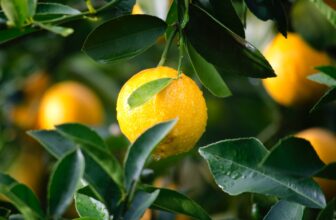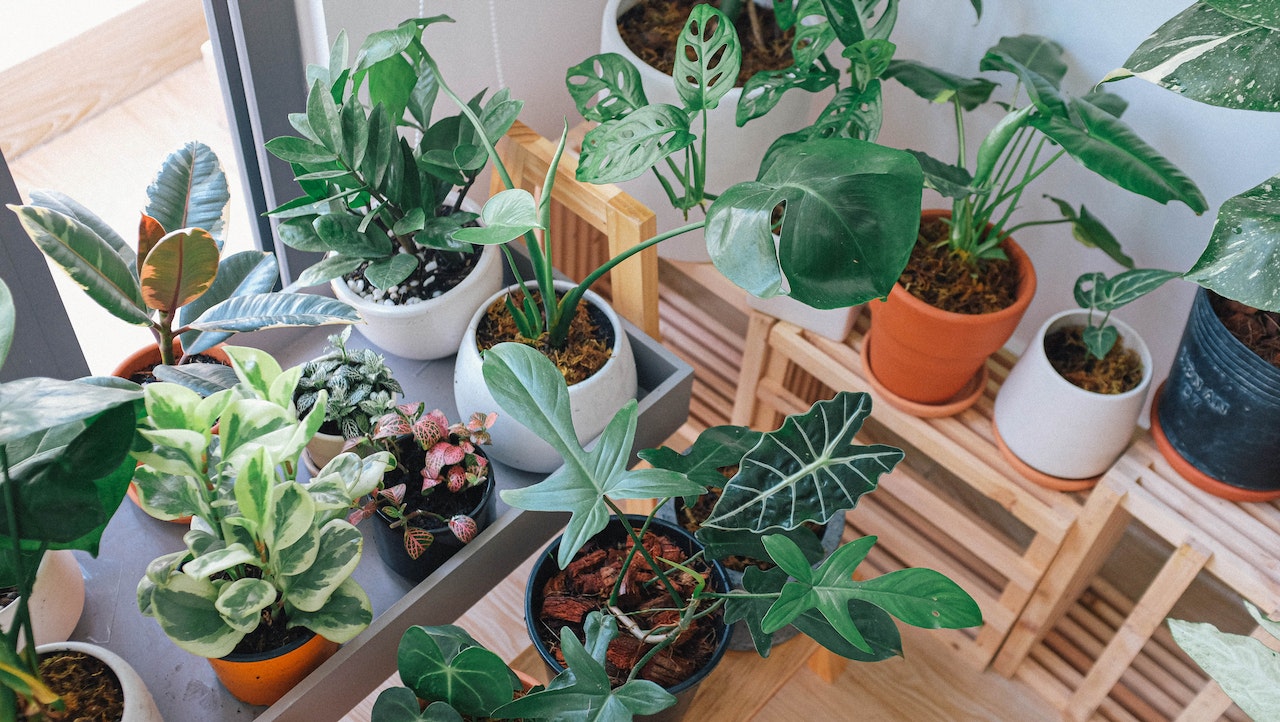
Table of Contents
It’s a known fact that most people stay indoors than outdoors, be it in homes or offices. We think of these living spaces as clean and toxin-free but is that true? Clean air is a fundamental human right and is essential for healthy living. Having air-purifying plants in your indoor spaces is a great way to ensure that the air you breathe is safe and toxin-free.
Check out our list of top air-purifying plants for indoors that you could easily grow for safer indoor spaces.
Air Purification – What Does it Mean?
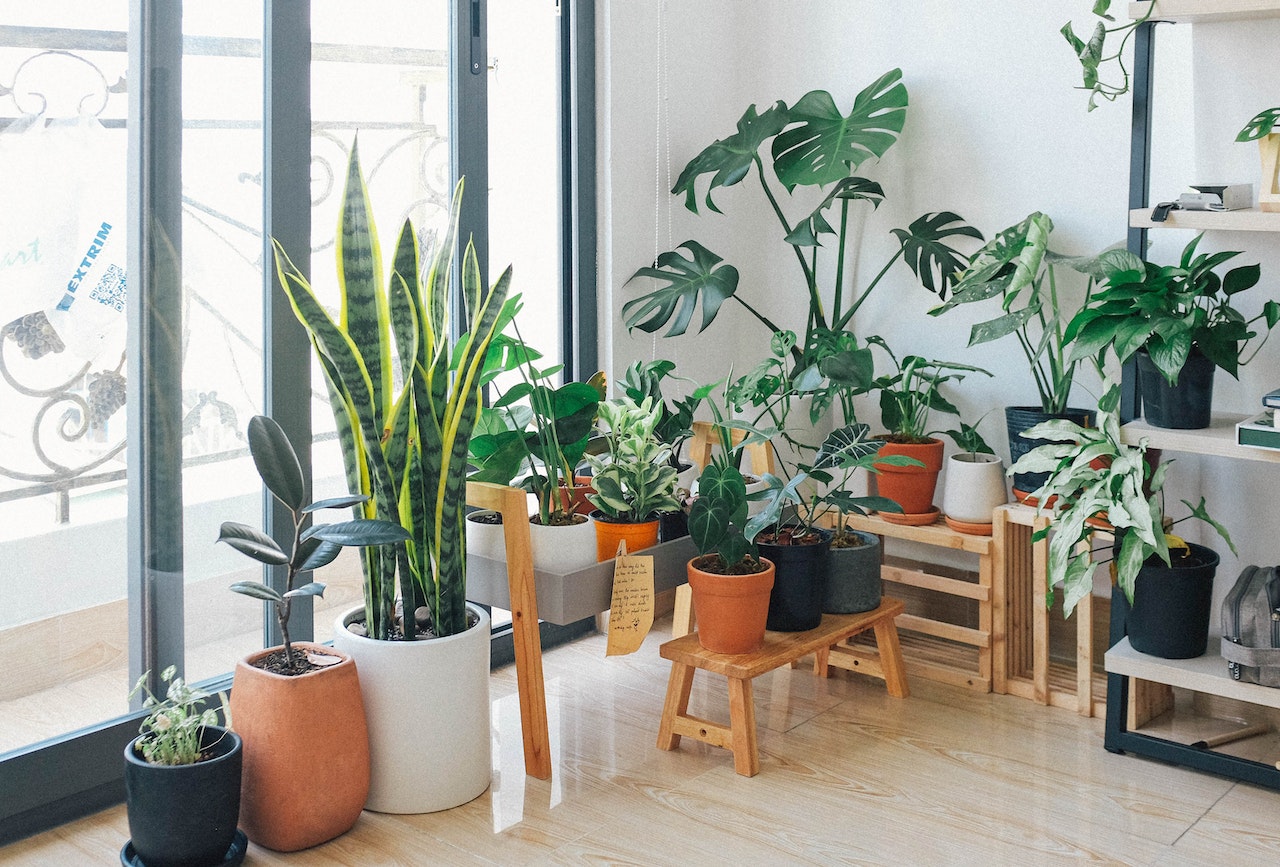
Cleaning and purifying indoor air have become a major focus in the last two decades and especially after the coronavirus global pandemic. Statistics show that 3.81 million deaths have occurred globally due to transmissions, and it is interesting that there is always an increased infection rate in confined spaces due to aerosol particles that contaminate the air.
Furniture and other products made from a synthetic materials that we bring to our homes such as curtains, carpets, and even floor varnishes and detergents may also release harmful toxic chemicals such as formaldehyde, xylene, benzene into the air that we breathe daily.
Methods such as filtration and radiation can be used to bio – decontaminate the air but these methods are highly costly. Air purifiers are also a great option that you could try but it is also going to cost.
NASA, with the aim to provide clean air in space stations, has discovered a variety of plants that can be easily grown indoors which help to absorb harmful toxins in an enclosed environment with limited airflow. Not only that, but plants help to reduce stress, increase concentration and productivity, and create a good mood throughout the day.
NASA recommends 15 – 18 medium to large-sized plants for a 1,800-square-foot home.
Sansevieria or Snake Plant
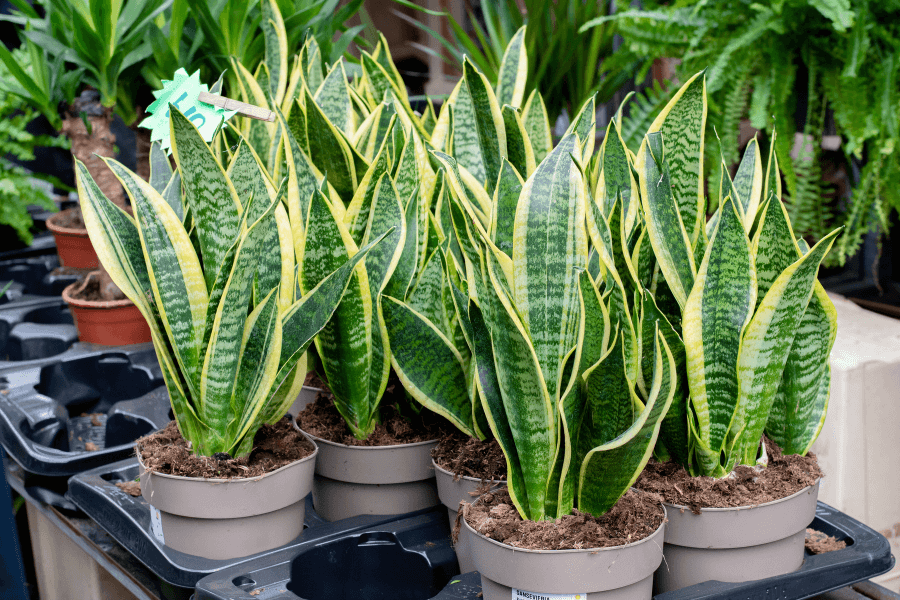
Sansevieria or snake plant (Dracaena Trifasciata), known as Mother-In-Law’s Tongue, is one of NASA’s top air purifying plants and one of the most popular house plants grown and loved by many. Their dense, stiff, sword- like leaves grow ranging from about 6 inches to 8 feet in height. They come in a variety of colors, most commonly dark green- gray color with yellow banding around the edges. It purifies the air by absorbing toxins through its leaves and producing pure oxygen.
These plants require the least care and maintenance and top the list for survival in almost any condition, both in bright light and darkness, but still manage to keep fresh and healthy-looking.
During the warmer months, snake plants can be watered once every two weeks whereas in winter, watering every two months is more than enough. Aside from their air purifying properties, snake plants also produce oxygen even at night which makes them a great choice to plant in your room.
Toxins Removed: Formaldehyde, Benzene, Xylene, Trichloroethylene, Toluene
Spider Plants

Spider plants (Chlorophytum Comosum) are one of the most popular, versatile air purifying houseplants which gives a stunning and an ornamental look to your home no matter how you choose to display it. They produce small spider- like plants (Spiderettes) that hang down from the mother plant, which is how it got its name. These plants grow a rosette of long, slender, gently arched leaves which grows no more than about 8 inches in height.
There is a variety of spider plants categorized according to the color of their leaves, but the variegated leaves with green and white stripes are the most popular. They also grow beautiful white blossoms when beginning to sprout.
Water your spider plants once a week, or more frequently in hot, dry weather. It’s important to avoid over-watering spider plants, as this can lead to root rot. Be sure to use a well-draining pot with a drainage hole to allow excess water to drain out and allow the soil to dry out slightly between waterings. In general, it’s better to underwater a spider plant than to overwater it.
Spider plants are also pet friendly as they are nontoxic to animals.
Toxins Removed: Carbon Monoxide, Formaldehyde, Xylene
Devil’s Ivy (Pothos)
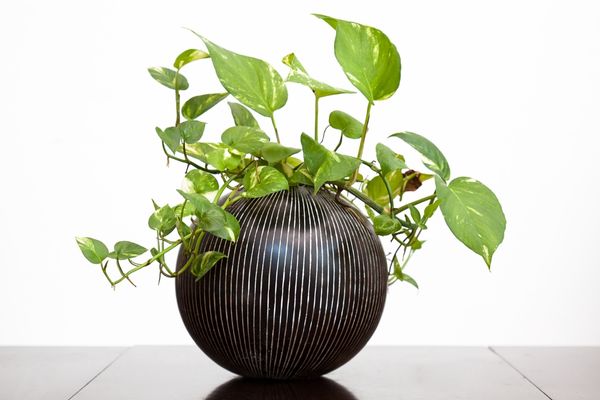
Epipremnum aureum, commonly known as Golden Pothos or Devil’s Ivy, is a fast-growing, easy-to-care-for, and low-maintenance houseplant. It is one of the most effective air-purifying plants that filters and removes toxins in confined spaces.
Pothos vines grow broad, pointy, heart-shaped leaves that can trail up to about 40 feet and usually grow anywhere under any condition. However, it’s recommended to add support to help the vines grow vertically in a much neater manner to get the best aesthetic look out of it.
Water your pothos once or twice a week when the soil dries out. However, when providing light, a little more attention is required as they have variegated leaves. When these plants don’t receive enough light, their variegated pattern with green and yellow stripes will tend to change to a uniform green shade which takes away the artistic beauty and the uniqueness of the plant.
If the plant is exposed to too much light, the leaves may lose their green color, turning the leaves pale. Bright, indirect light is usually the optimal light required. This plant is toxic to animals and humans if ingested so keep it out of reach of children and pets!
Toxins removed: Xylene, Formaldehyde, Toluene, Chloroform
Rubber Plant
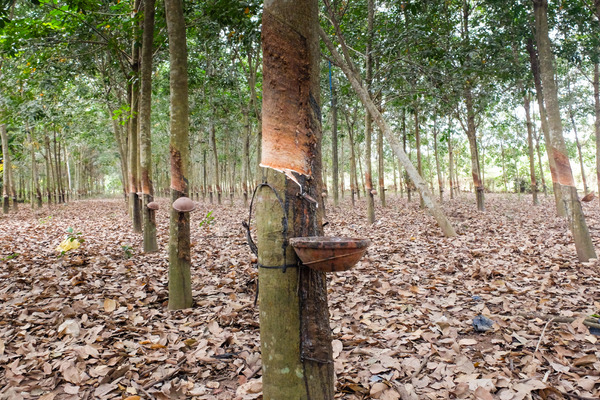
The rubber plant (Ficus elastica) is a popular indoor plant that’s known for its ability to purify the air. Like many plants, the rubber plant can remove harmful toxins from the air through a process called phytoremediation.
Studies have shown that the rubber plant is effective at removing several common indoor air pollutants, including formaldehyde, benzene, and trichloroethylene. These toxins are often found in household products such as cleaning agents, paints, and adhesives, and can have negative effects on human health if inhaled over long periods of time.
In addition to removing toxins from the air, the rubber plant also releases oxygen and increases humidity, which can help improve air quality and create a more comfortable living environment. The rubber plant is also relatively easy to care for, making it a great choice for those looking to improve the air quality in their home or office.
It’s important to note that the air-purifying properties of the rubber plant are most effective when the plant is healthy and well-maintained. Be sure to provide it with adequate light, water, and fertilization, and avoid placing it in areas with poor air circulation.
Toxins removed: Formaldehyde, Carbon Monoxide, Xylene, benzene, and trichloroethylene
Aloe Vera

Aloe vera is a succulent plant that is native to Africa and is known for its medicinal properties and air-purifying abilities. Aloe vera can remove harmful toxins from the air through a process called phytoremediation. Studies have shown that aloe vera is effective at removing several common indoor air pollutants, including formaldehyde, benzene, and trichloroethylene.
The long, fleshy leaves contain a gel-like substance that’s rich in vitamins, minerals, and amino acids. This gel is often used to treat burns, cuts, and other skin conditions, as it has anti-inflammatory and healing properties. Aloe vera is also used in a variety of skincare products, such as lotions, creams, and sunscreens.
Aloe vera is relatively easy to care for, making it a popular choice for both medicinal and decorative purposes. It is drought-tolerant and can survive in a variety of lighting conditions, although it prefers bright, indirect light. Aloe vera is also low maintenance, as it only needs to be watered once a week or when the soil feels dry. By following these guidelines, you can help ensure that your aloe vera stays healthy and continues to provide the many benefits it has to offer.
Toxins removed: Benzene, Formaldehyde
Wrapping Up
Cleansing the air that we breathe daily is important for a healthy life. Among the many options available, air purification plants are a great way to remove air pollutants and airborne microbes. They are a cost-effective way to cleanse the indoor air that we breathe.
Having an indoor air-purifying plant not only purifies the air of toxins but also adds to the aesthetics. This article lists 5 of NASA’s best air purifiers from the wide variety of indoor houseplants that you may want to consider growing in your home that is also easy to care for, so you don’t have to worry too much about maintaining a plant in your busy schedule.
Now that you know some of the top air-purifying plants, you can go ahead in placing them indoors so that they will increase the air quality in your indoor spaces and add a vibrant and natural beauty to your home or workspace.






